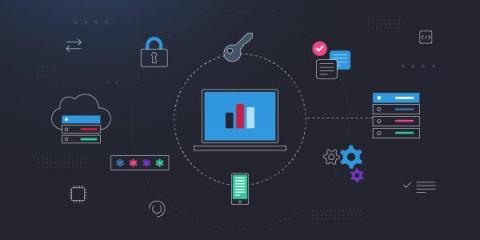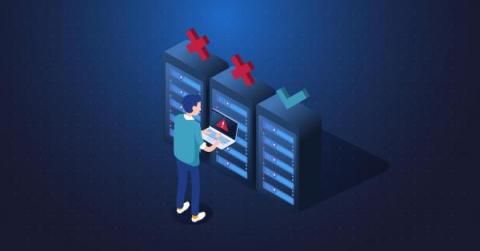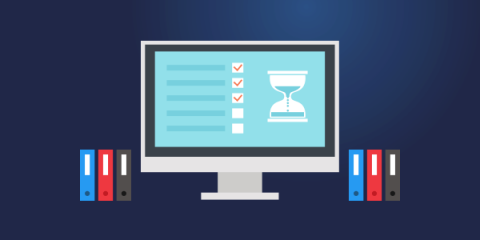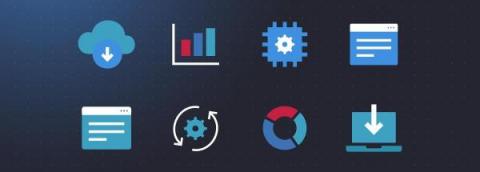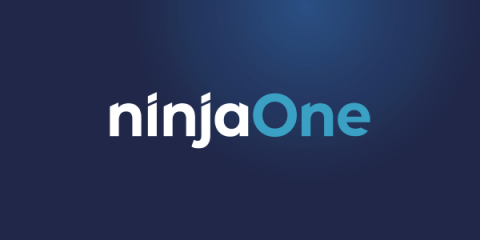7 IT Asset Management (ITAM) Best Practices for 2022
Technology has become increasingly prevalent in business operations, to the point that it's practically mandatory. IT assets can range from individual computers to entire networks. Since there are typically countless different IT assets, the process of IT Asset Management has become increasingly essential.


